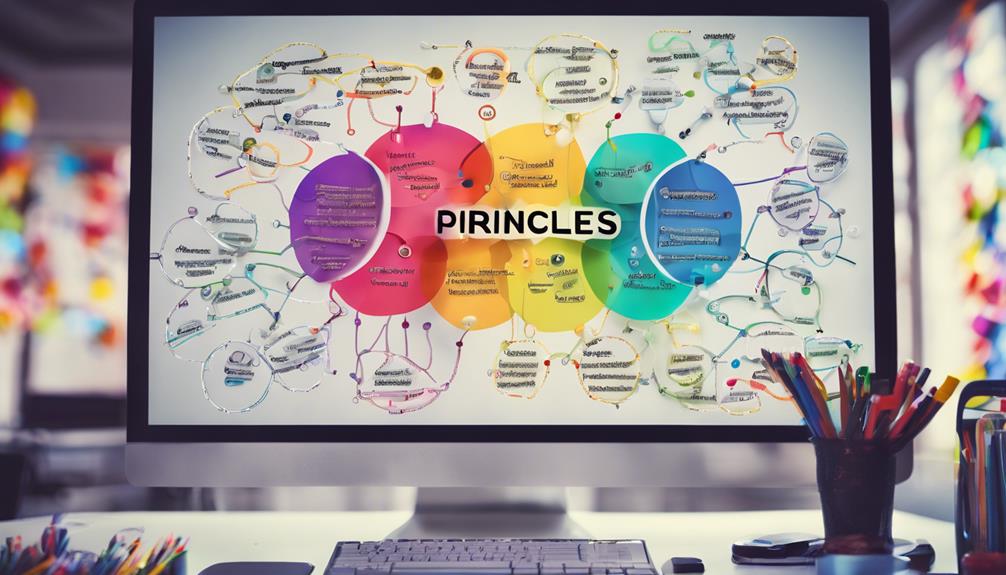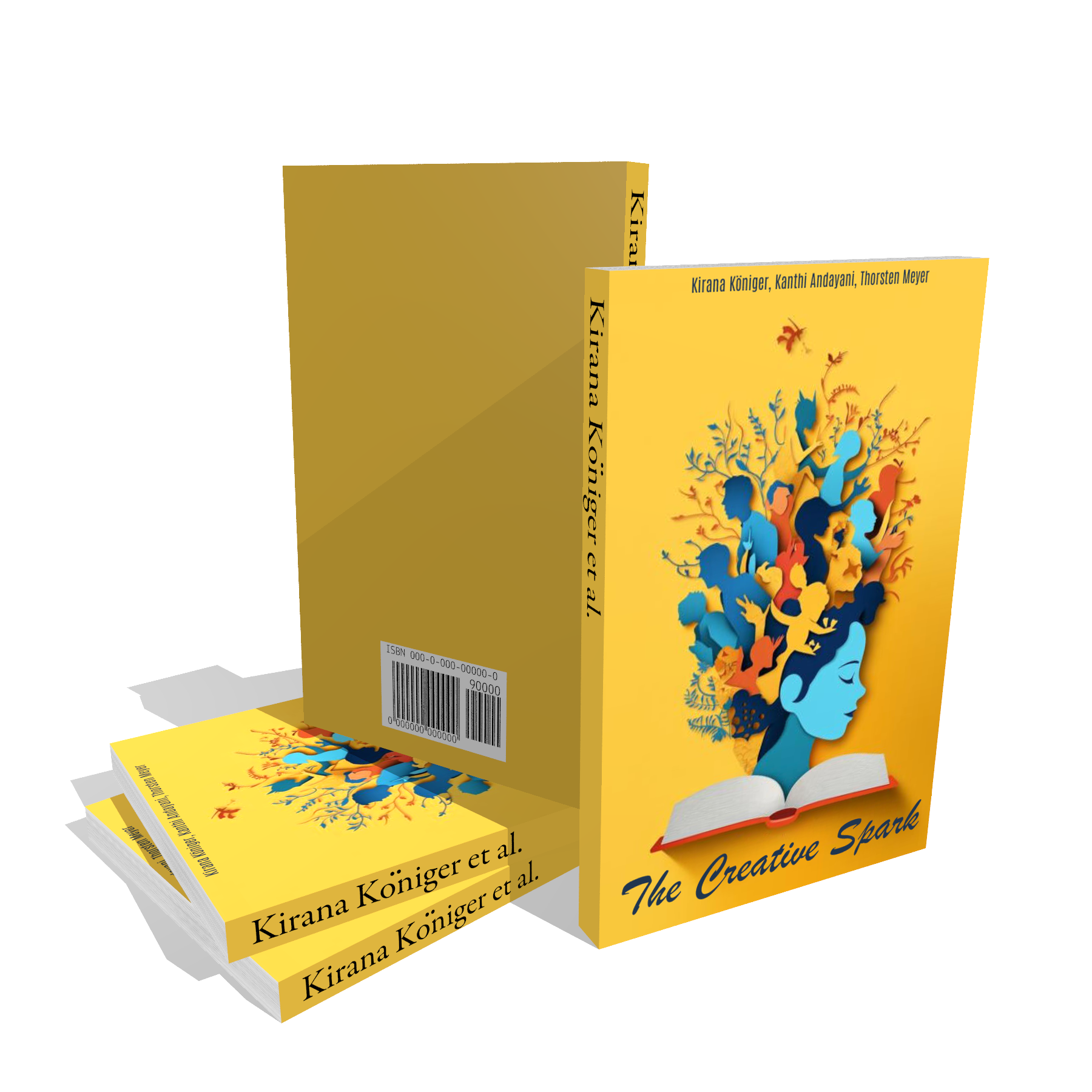You can unlock your potential with the DLR Method, which stands for Detach, Look, and Refine. By detaching from your emotions, you gain clarity to analyze your thoughts objectively. Next, take a close look at your motivations to understand your actions better. Finally, refine your approach by setting clear and achievable goals, ensuring continuous improvement. Embracing feedback is crucial; it helps transform setbacks into growth opportunities. This structured method fosters resilience and empowers you to make intentional changes for lasting growth. There's so much more to explore about how DLR can elevate your personal development journey.
Key Takeaways
- The DLR Method fosters self-improvement through detachment, allowing objective analysis of thoughts and emotions.
- By looking closely at motivations, you gain insights that guide your actions and decisions.
- Refining your approach involves setting clear, actionable goals based on self-reflection and feedback.
- Regular journaling enhances accountability and tracks progress towards personal and professional growth.
Understanding Detachment and Objectivity
Understanding detachment and objectivity is crucial for making clear decisions and enhancing your critical thinking skills.
When you detach from emotions, you open yourself up to a clearer analysis of situations, allowing facts to guide your choices. This objectivity helps you identify your strengths and weaknesses without bias, leading to more effective self-improvement.
By understanding the motivations behind your actions and those of others, you gain emotional clarity, enabling wiser choices. In challenging relationships, maintaining a level of detachment fosters professionalism and helps you navigate differing viewpoints, ultimately preserving your reputation.
Embracing this mindset empowers you to make decisions based on rational thought rather than emotional responses, paving the way for personal and professional growth.
The Power of Feedback
Embracing feedback is essential for driving continuous growth and refining your personal and professional skills. When you actively seek diverse perspectives, whether from customers, colleagues, or mentors, you open doors to valuable insights that can enhance your performance.
Constructive guidance helps you view setbacks objectively, transforming failures into learning opportunities. Instead of dwelling on mistakes, analyze them to pinpoint areas for improvement. This fosters a growth mindset, allowing you to focus on solutions rather than blame.
Remember, the more you integrate feedback into your routine, the more resilient and adaptable you become. By welcoming criticism and celebrating constructive input, you empower yourself to evolve and reach your true potential.
Embrace feedback; it's the key to unlocking your growth journey.
Overview of the DLR Method

The DLR Method, which stands for Detach, Look, Refine, offers a structured approach to self-improvement through deep self-reflection and addressing core beliefs.
This method encourages you to detach from emotional influences, allowing for objective analysis of your thoughts and behaviors. By looking closely at your motivations and patterns, you can gain valuable insights into your actions.
The refining process focuses on making intentional changes based on your reflections, ensuring that your growth is sustainable. Unlike traditional methods, the DLR Method emphasizes accountability and discipline, fostering a growth mindset.
Integrating journaling and goal-setting practices, you'll find yourself on a journey of continuous improvement, ultimately unlocking your potential for lasting change.
Applying the DLR Method
Applying the DLR Method involves actively detaching from emotional biases to gain clarity and insight into your personal growth journey.
Start by identifying areas where emotions cloud your judgment. Reflect on your thoughts and feelings, then separate the emotional noise from the facts.
Next, look at your situation objectively. Analyze your strengths and weaknesses, and consider feedback from trusted sources. This objective analysis helps you understand your motivations and behaviors better.
Finally, refine your approach by setting clear, actionable goals based on your insights. Regularly revisit your progress and adjust your strategies as needed.
Comparing Self-Improvement Techniques

When exploring self-improvement techniques, it's important to understand how the DLR Method compares to other approaches in fostering personal growth and accountability.
Unlike many positive thinking methods that focus solely on mindset, the DLR Method emphasizes deep self-reflection and discipline. This structured approach encourages you to detach from emotional biases, look critically at your actions, and refine your strategies for lasting change.
While other techniques may offer immediate motivation, the DLR Method provides a sustainable path to growth by integrating mindfulness with accountability.
Ultimately, your choice of self-improvement technique should align with your personal goals, as different methods resonate with different individuals, shaping your journey toward self-discovery and empowerment.
Enhancing Personal Development
Enhancing personal development requires a commitment to self-reflection and a willingness to embrace change in your daily routine.
Start by identifying your strengths and weaknesses through honest self-assessment. Regularly journal your thoughts to recognize patterns and insights that can guide your growth.
Don't shy away from seeking feedback; it's a powerful tool that can help you gauge your progress and uncover blind spots. Incorporate the DLR Method by detaching from emotional reactions, looking objectively at your situation, and refining your approach based on what you learn.
Set clear, achievable goals and revisit them frequently to ensure you stay aligned with your growth journey. Embrace discomfort, as it often signals valuable opportunities for learning and improvement.
Key Takeaways for Growth

Key takeaways for growth center on embracing feedback and maintaining a commitment to self-reflection.
You should actively seek diverse perspectives, as they can reveal blind spots and foster resilience.
When you receive constructive criticism, view it as a stepping stone rather than a setback.
Detach from emotions to analyze feedback objectively, allowing for clearer decision-making and personal development.
Regular journaling and goal setting help you track progress and refine your strategies.
Remember, growth is a continuous process; stay dedicated to evolving your skills and mindset.
By integrating these practices into your routine, you'll unlock your potential and cultivate a more enriching path to self-improvement.
Embrace each opportunity to learn and adapt along the way.
Frequently Asked Questions
How Long Does It Take to See Results With the DLR Method?
You might start noticing results within a few weeks, but true transformation often takes longer. Consistent practice and commitment are key, so stay patient and focused on your personal growth journey for lasting change.
Can the DLR Method Be Applied in Team Settings?
Yes, you can apply the DLR Method in team settings. By encouraging detachment, objective analysis, and constructive feedback, you foster collaboration, enhance communication, and promote collective growth, leading to improved team dynamics and performance.
What Tools Can Aid in the DLR Method Implementation?
To implement the DLR Method, you can use journaling tools, feedback platforms, and structured goal-setting apps. These resources help you detach, analyze, and refine your approach, enhancing your personal growth and decision-making process effectively.
Are There Any Success Stories Related to the DLR Method?
Yes, many individuals have shared success stories about the DLR Method. They've reported significant personal growth, improved decision-making, and enhanced relationships, showcasing how detachment and feedback can transform their lives and foster continuous improvement.
Is the DLR Method Suitable for All Age Groups?
Yes, the DLR Method's principles of self-reflection and growth are suitable for all age groups. You can adapt its techniques, fostering development and resilience in children, teens, and adults alike, promoting lifelong learning and improvement.
Conclusion
Unlocking your potential isn't just a dream—it's a journey you can embark on today with the DLR Method. The DLR Method is designed to help individuals tap into their talents, develop new skills, and achieve their aspirations. By focusing on three key elements: discipline, learning, and resilience, the DLR Method can guide you towards triple threat mastery in your chosen field. With a commitment to these principles, you can unlock your potential and realize your goals. Through discipline, you can establish a routine that allows you to consistently work towards your goals. By prioritizing learning, you can acquire new knowledge and expertise that will propel you forward. Resilience will help you navigate setbacks and challenges, allowing you to bounce back stronger each time. With the DLR Method, you can master your triple threat skills and unlock your full potential in your personal and professional life.
By learning to detach, seek feedback, and refine your approach, you'll gain clarity and resilience in your personal and professional growth.
Embrace this holistic framework and watch as you transform challenges into opportunities for improvement.
Dive into the DLR Method now, and start sculpting the life you've always envisioned.
Your path to personal excellence awaits!









